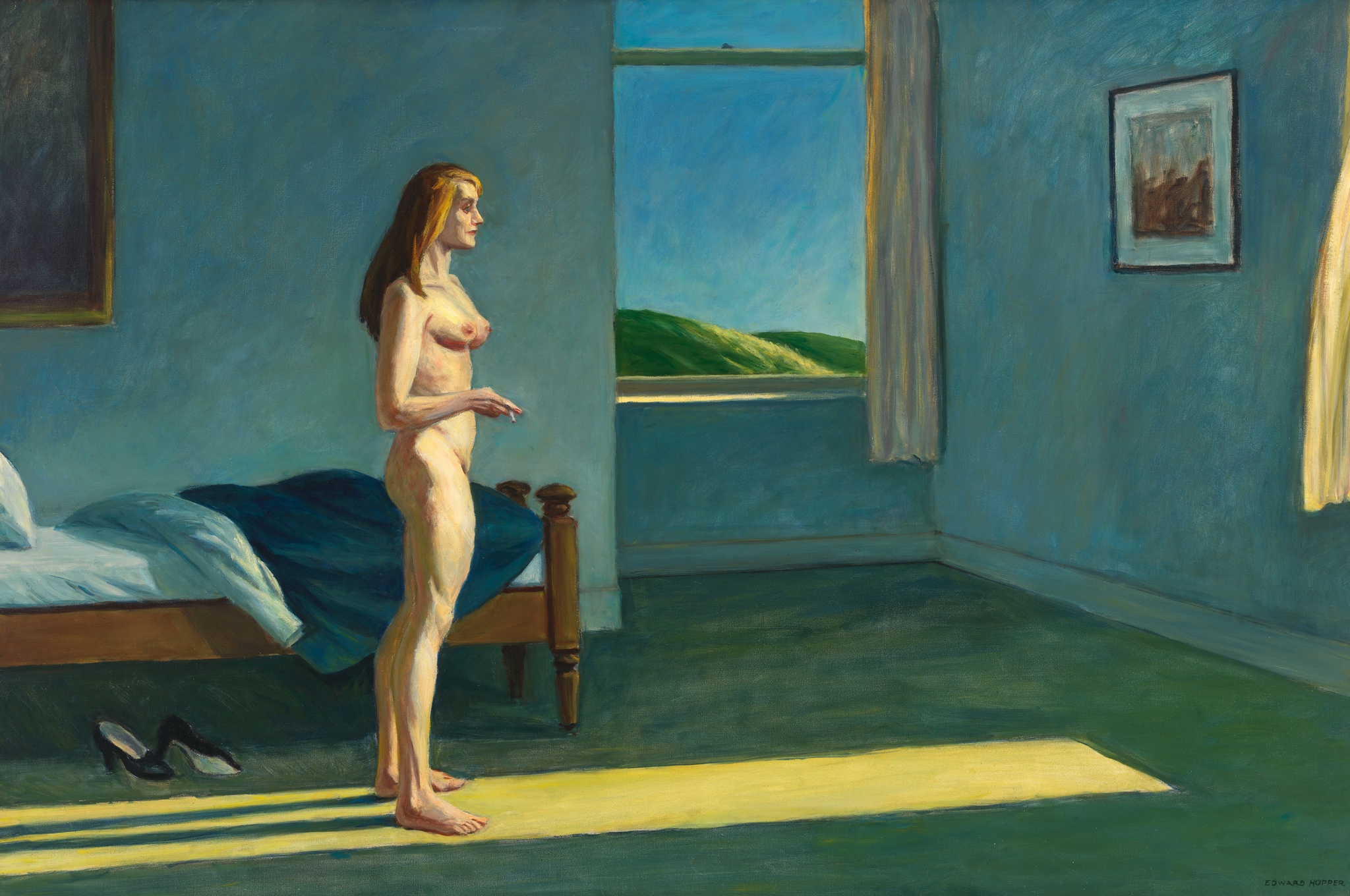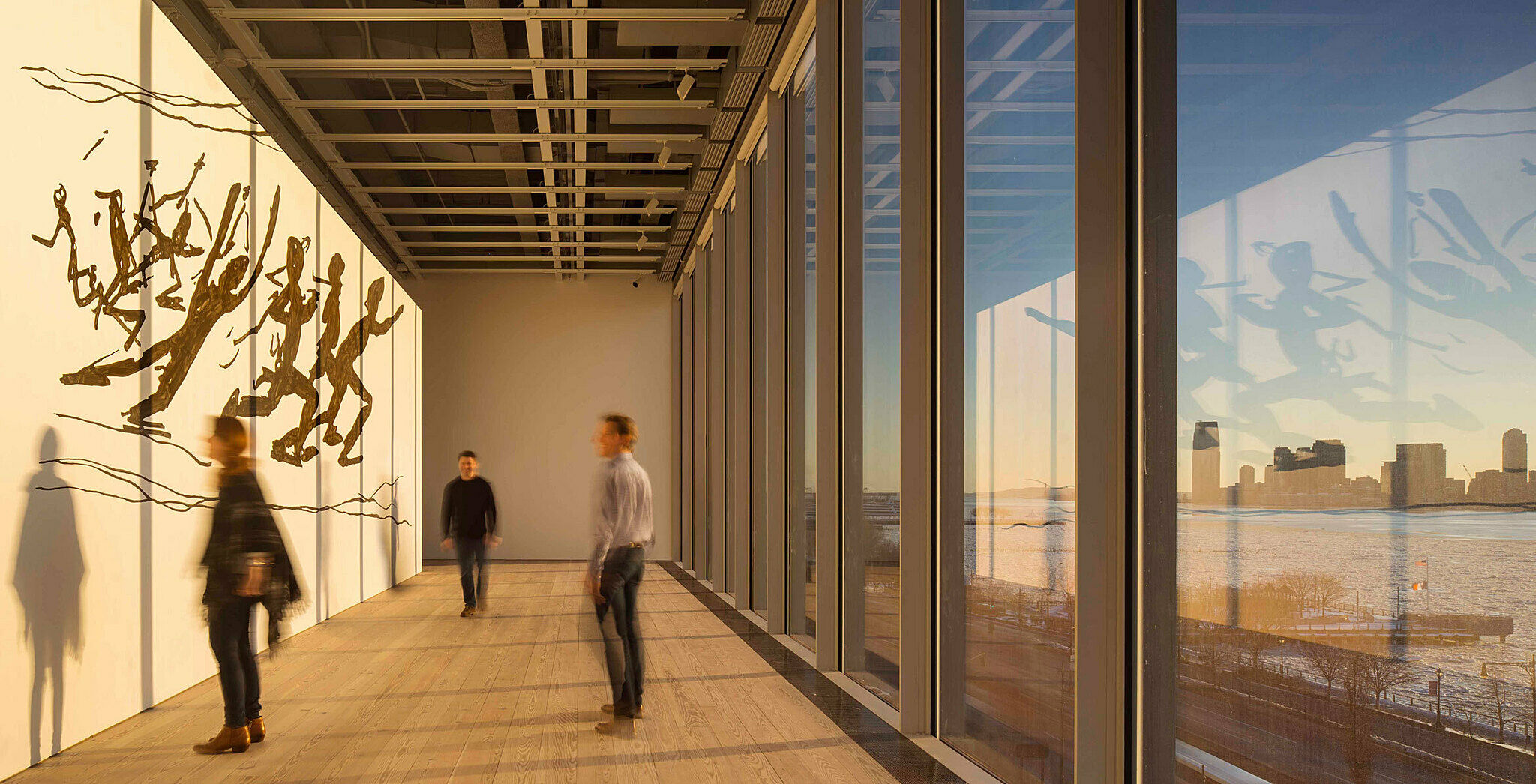Edward Hopper, Life Studies
Apr 30, 2015
0:00
Edward Hopper, Life Studies
0:00
Narrator: This wall is dedicated to the life drawing sessions that were held at the Whitney Studio Club. For a nominal fee, artists could get together and draw from a nude model. Two of the works—by Mabel Dwight and Peggy Bacon—depict the sessions themselves. These images are surrounded by drawings that Edward Hopper made during the life drawing sessions.
Carter Foster: You can see the great skill that Hopper brought just to the tonality of light falling on a surface. And see how he did it in different mediums—mostly red and black chalk.
Narrator: The Whitney has over six hundred drawings that Hopper made during these sessions. Carter Foster is Stephen and Ann Ames Curator of Drawing.
Carter Foster: Hopper forced himself into a master class on the human form for five years, when he was already a mature artist, developing his career as a painter, as a watercolorist, et cetera. But for whatever reason, and partly it has to do with maybe the fact that he wasn’t super-successful at this point, and had time. But he practiced in drawing the nude figure over and over again hundreds of times, and he didn’t do that again ever.
It’s fascinating to me—you know, his art is so much about human empathy, and so for him to feel like he had mastered the human figure, may have been really important for him so he could focus on other things when he was making his paintings. And he wasn’t necessarily trying to render the human figure with great accuracy later. He was trying to render it with some expressive force. And people who don’t know a lot about Hopper, or who misread Hopper, sometimes say, well his figures are awkwardly painted. But that is completely intentional, as far as I am concerned. His life drawings prove that he was certainly capable of beautifully rendering the human figure if he so desired.


